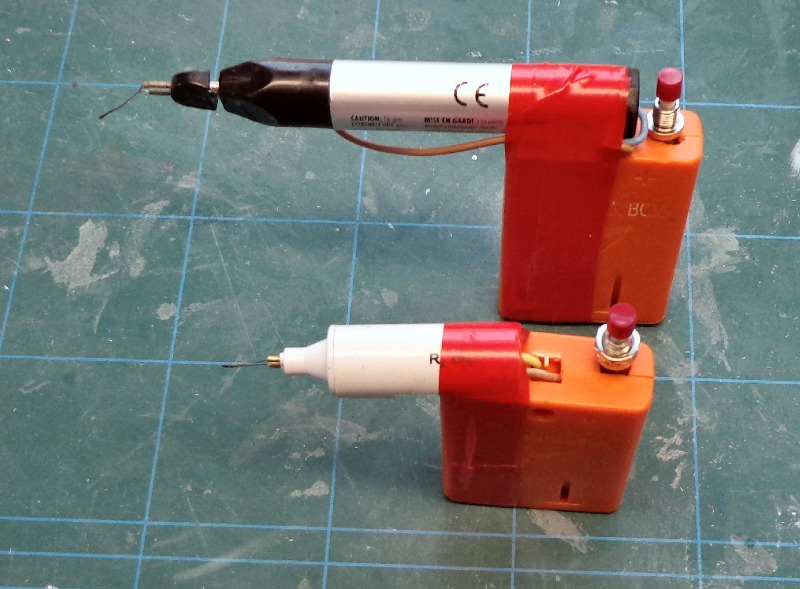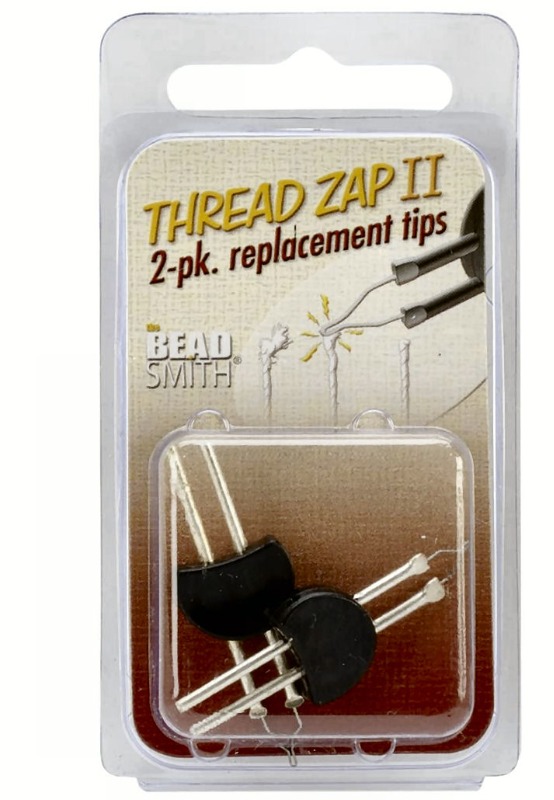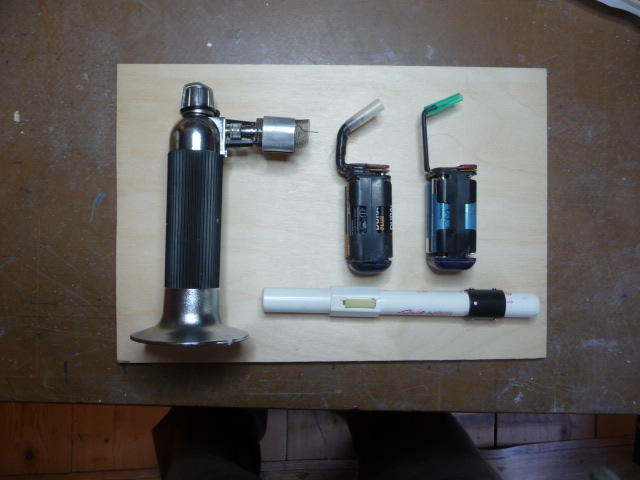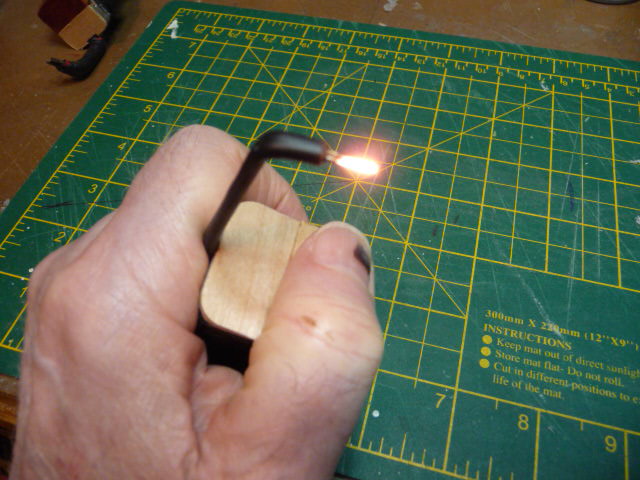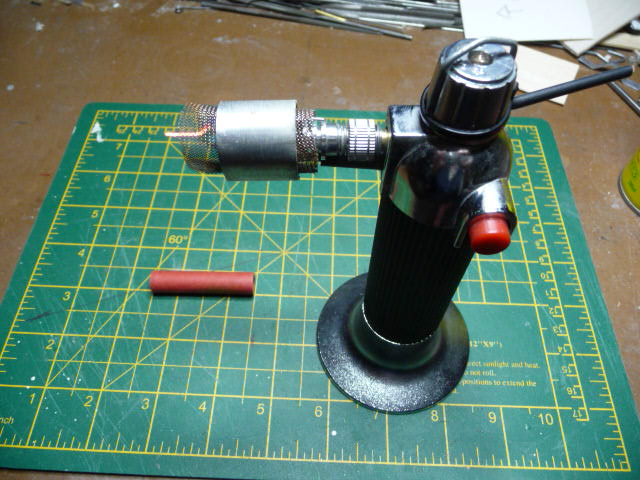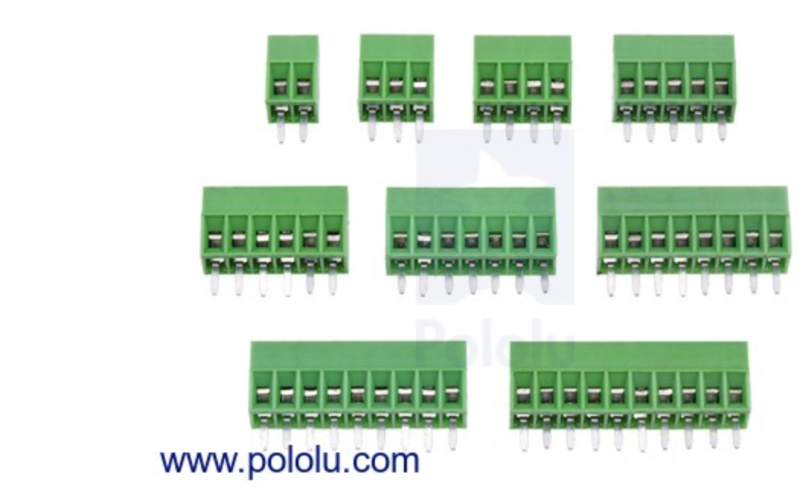|
Welcome,
Guest
|
TOPIC: Lighting Rapiers on the Flying Field
Lighting Rapiers on the Flying Field 3 years 5 months ago #1282
|
|
Please Log in or Create an account to join the conversation. |
Lighting Rapiers on the Flying Field 3 years 5 months ago #1283
|
|
Please Log in or Create an account to join the conversation. |
Lighting Rapiers on the Flying Field 3 years 5 months ago #1284
|
|
Please Log in or Create an account to join the conversation. |
Lighting Rapiers on the Flying Field 3 years 5 months ago #1285
|
|
Please Log in or Create an account to join the conversation. |
Lighting Rapiers on the Flying Field 3 years 4 months ago #1290
|
|
Please Log in or Create an account to join the conversation. |
Lighting Rapiers on the Flying Field 3 years 4 months ago #1292
|
|
Please Log in or Create an account to join the conversation. |
Time to create page: 0.091 seconds



